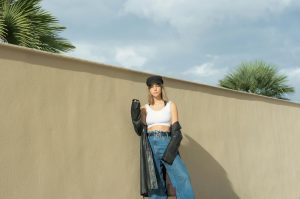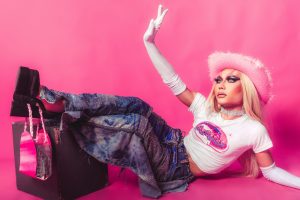With the Internet now teeming with sellers and companies on a mission to expand their audience reach, it is necessary to find ways to stand out online. There are many ways to do this, including advertising, creating content with viral potential, and finding influencers to help promote your product.
All three strategies require high-quality product images, however. A lower-cost option would be to play with the small but general details of your brand — like with your ecommerce photos. Funnily enough, even with powerful cameras that capture motion without distortion and professional photo editors who specialize in e-commerce photography, most sellers opt to use the traditional format of having one product against an all-white backdrop. It is a sensible product photography style (it keeps the focus on the product for sale), but it runs the risk of being bland and boring.
Take this opportunity to do something different with your product photos while staying true to your brand; position your brand in the spotlight.
Here are four famous clothing brands that you can take inspiration from.
Zara
While the brand still uses white backgrounds for their more colorful pieces, they sometimes take bold steps for their white and black clothing. On its official Instagram account, you’ll find product photos that use bright colors like orange, blue, and yellow for the backdrop. Other images show models posing against brightly-colored pieces of furniture or patterned tiles on the walls or floor.
Zara succeeds in making product images that catch the eye. The splash of bright colors also makes their product photos stand out right away when laid out next to product photos with all-white backgrounds.
H&M
Browse the H&M website, and you’ll notice that they publish two versions of their product photos. One shows a model wearing the item, and another is a staged shot where the piece is hung against a white wall. The second image almost looks like a flatlay, except that the folds and pleats hang naturally instead of lying flat against a flat surface.
Many customers don’t see the potential of clothes when they only see them folded or hanging on a rack. By providing these two images, H&M entices shoppers to make a purchase by showing them what they could look like in the items.
Wease
Like H&M, the Swedish sportswear brand Wease also uses live models in their product photos. What makes its images powerful, however, is that the models aren’t merely posing but performing exercise motions. Some of the brand’s product photos, for example, show Wease-clad models lifting free weights, stretching, running, and ski-racing.
What a smart strategy by Wease! While other sportswear brands tend to focus on how their clothing looks like, Wease shows how their pieces wear like. They didn’t waste on-page space for traditional product images when their creative images can send their marketing message more effectively. It’s clear that the company knows its target market and understands their needs, wants, and priorities.
Spell & The Gypsy Collective

Spell & The Gypsy Collective‘s product photography style is similar to H&M’s. They show two images for each item: one with a plain white background and another that is an on-location photo of a model wearing the piece.
While H&M’s white-background product photos looked like the clothes were hung, Spell & The Gypsy Collective’s images use the ghost mannequin or hollow-man effect, a style achieved in post-production. It updates the traditional product image format as it fills out the shape of a piece of clothing while completely removing the model or mannequin.
The brand’s on-location product photos, meanwhile, show models wearing their pieces while interacting with rustic, outdoor environments or staged sets that evoke the boho spirit.
By maximizing the modern-bohemian theme in its product photography style, Spell & The Gypsy Collective solidified its branding and succeeded in showing the beauty of their clothing.
These brands demonstrate how, with smart execution, diverting from standard practices in product photography can pay off. With a well-chosen background and theme-appropriate set styling, you can make a product look more attractive to your potential buyers.




